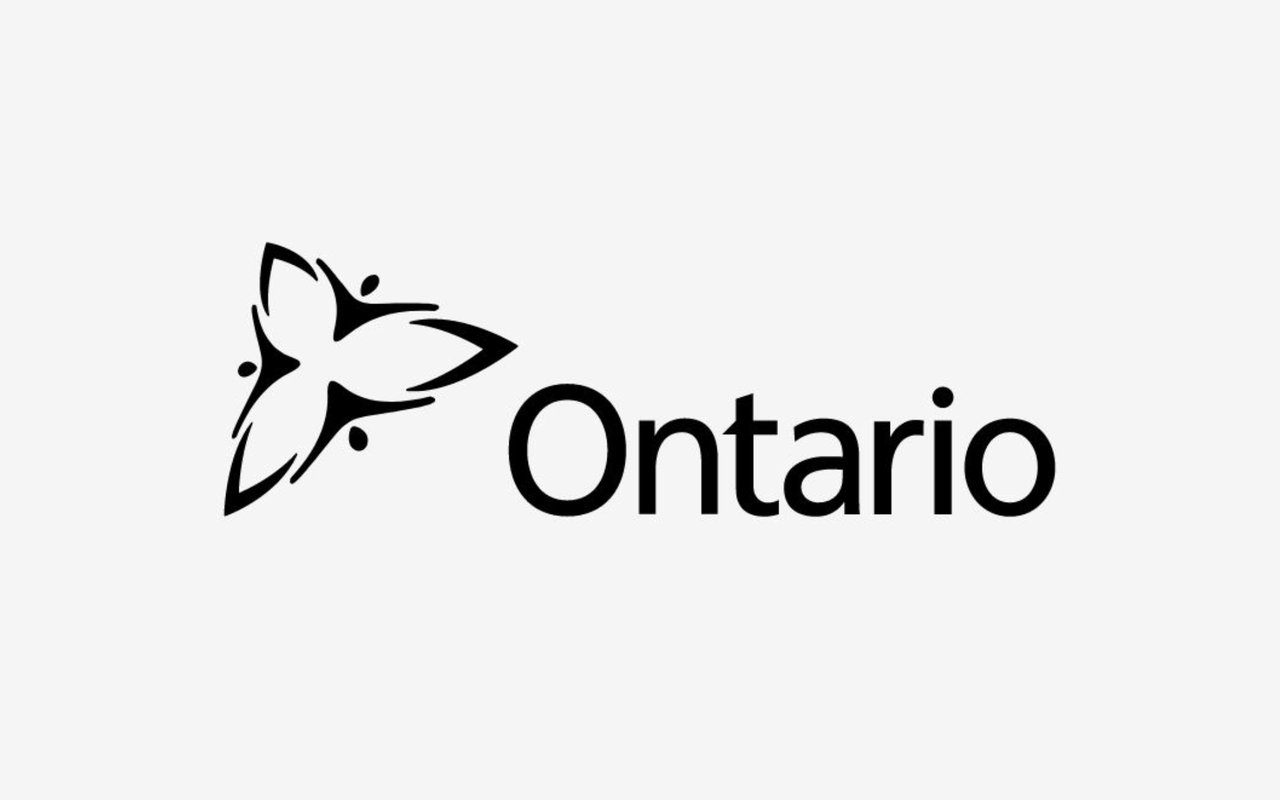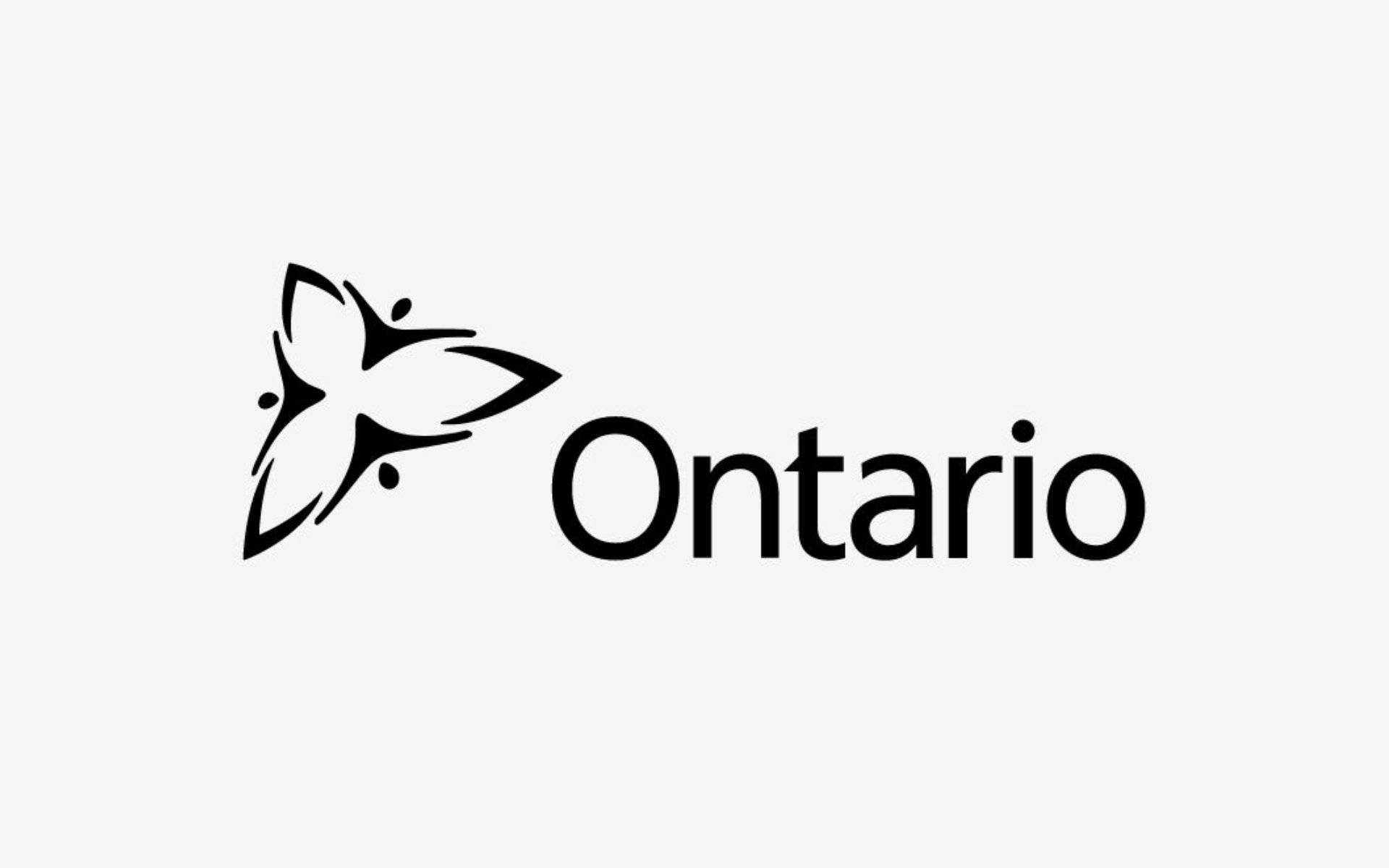There have been three recent changes regarding the real estate market in Ontario that I want to address here. Firstly, there was Ontario’s Foreign Home Buyer Tax that began in April, next came the Rental Fairness Act in May, and lastly a new mortgage stress test will begin in January.
Ontario introduced a Foreign Home Buyer Tax / Non-Resident Speculation Tax (“NRST”) in April as a means to rein in the housing market, particularly in the Greater Toronto Area. Often referred to as a foreign home buyer tax, the NRST is a 15% tax that applies to the purchase or acquisition of an interest in residential real property located in the Greater Golden Horseshoe (GGH) area by an individual, foreign corporation, or “taxable trustee”. The Foreign Home Buyer Tax / Non-Resident Speculation Tax only applies to residential real property that contains at least one, but not more than six, single family residences. The tax applies to real property located in the GHH. The GGH includes Brant, Dufferin, Durham, Haldimand, Halton, Hamilton, Kawartha Lakes, Niagara, Northumberland, Peel, Peterborough, Simcoe, Toronto, Waterloo, Wellington, and York.
The next month, in a step to support renters with rent stability and some measure of protection for rental rights, Ontario passed the Rental Fairness Act, 2017. The Rental Fairness Act includes: no rent increases for any residential rental unit to exceed the provincially legislated annual maximum of 1.5 per cent for 2017, enables a standard lease to help both tenants and landlords know their rights and responsibilities, while reducing the number of disputes, protects tenants from eviction due to abuse of the “landlord’s own use” provision, ensures landlords can’t pursue former tenants for unauthorized charges, prohibits above-guideline rent increases in buildings where elevator maintenance orders have not been addressed and removes above-guideline rent increases for utilities, to protect tenants from carbon costs and encourage landlords to make their buildings more energy efficient.
The last recent change is in regards to mortgages for home owners. Starting in January 1, 2018, Canadians won’t be able to qualify for as large of a mortgage. This new “mortgage stress test” will effectively reduce the size of the mortgage Canadians are able to take on. Canada’s banking regulator introduced the new rules that extended the requirement for a mortgage stress test to ALL homebuyers, including those with larger down payments. (Previously, the stress test applied only to mortgages with lower down payments and those with a term of less than five years.)
The new minimum qualifying rate that has been introduced by the Office of the Superintendent of Financial Institutions (OSFI) is even for uninsured mortgages, which have down payments of 20 per cent or more, and applies to new mortgages as well as mortgage renewals if borrowers switch lenders.
The new guidelines now require federally regulated financial institutions to vet applicants for uninsured mortgages by using a minimum qualifying rate equal to the greater of the Bank of Canada’s five-year benchmark rate (currently 4.89%) or their contractual rate plus 2 percentage points. Furthermore, if the client wants a variable rate (currently at 2.70%), they will need to qualify using the benchmark rate (currently 4.89%). Clients who purchased and obtained approval after January 1, 2018 are processed under the new rules.
Let’s look at an example. Previously, a family with $100,000 gross taxable income can qualify for a purchase price around $685,000, if they put a 20% down payment and take a five-year fixed rate. After January 1, 2018, their maximum purchase price is closer to $550,000, as the new qualifying rate is much higher.
The regulatory regime states that these changes are a result of the confluence of high household debt, and high real estate prices, and low interest rates in Canada.
If you have any further questions about these changes, please call Sam McDadi Real Estate at
(905) 502-1500. We would be happy to answer all your questions.


